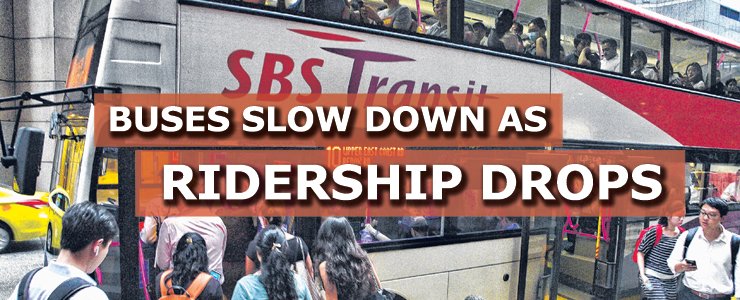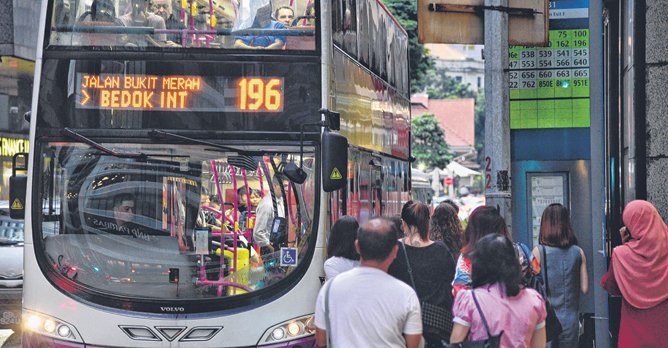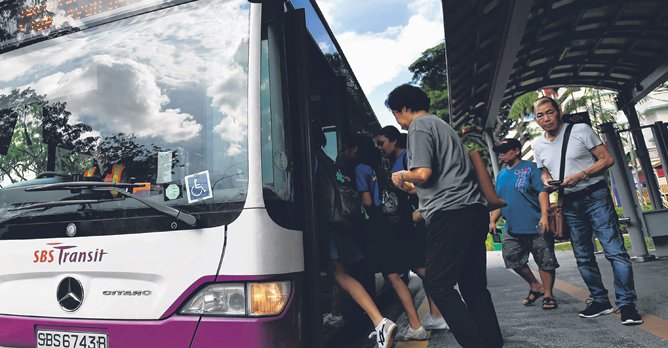 |
Buses are moving slower these days, something that has not escaped the notice of other road users.
As public transport ridership has plunged since the COVID-19 pandemic – by as much as 80% – buses have been spending less time at each bus stop to pick up passengers or let them alight.

Bus drivers have had to adjust their driving speeds to avoid arriving ahead of schedule as busses spend less time waiting for passengers to alight
The Land Transport Authority (LTA) said bus drivers have had to adjust their driving speeds accordingly to avoid arriving ahead of schedule, “which may result in prolonged waiting time for some commuters”. Hence, bus schedules have been unaffected even though bus speeds have dropped. But the move has had an impact on other road users.
Motorist Anthony Ng, 70, has noticed buses slowing down. “They are a lot slower these days,” the retiree said. “Previously, they would rush to get out of the bus stop, but now they take their time.”
Another motorist Leonard McCully, 76, said other road users had been delayed because buses were crawling along. “If bus drivers need to kill time, do it at bus stops which can accommodate them,” said Mr. McCully, a retiree. “I can live with the odd dawdler but because of the low ridership, it’s getting widespread.”
Some commuters also noticed that bus drivers were sometimes taking longer to leave bus stops. Information technology Consultant Davis Li, 36, said buses going from Bedok Reservoir to Tampines, for example, would sometimes remain at bus stops with the doors open even when passengers had boarded or alighted.

The LTA stated that it will work closely with public bus operators to review and optimise bus schedules to better match travel demand and traffic conditions
While slower buses have had an unintended effect on drivers and riders, commuters have not noticed any change. Ms. Catherine Ng, 43, a Director of a real estate firm, said her bus journeys still take around the same time.
Transport Consultant Bruno Wildermuth said there may be other ways to adjust for change in ridership numbers. “Why don’t they revise the schedules to reflect the new conditions. That way, they could improve the service and, at the same time, reduce cost,” he said.
Singapore University of Social Sciences’ Transport Economist Walter Theseira, however, said that may not be always feasible. For instance, reducing the number of buses would require “increasing the interval at the depots and interchanges”, he said.
The LTA said it monitors traffic conditions closely, and “traffic speeds on expressways and arterial roads remain optimal based on our recent review”. But it added: “As Singapore gradually reopens, we are working closely with public bus operators to review and optimise bus schedules to better match travel demand and traffic conditions.”
The post Slower buses a result of reduced ridership appeared first on TinySG.
from TinySG https://tinysg.com/slower-buses-a-result-of-reduced-ridership/?utm_source=rss&utm_medium=rss&utm_campaign=slower-buses-a-result-of-reduced-ridership

No comments:
Post a Comment